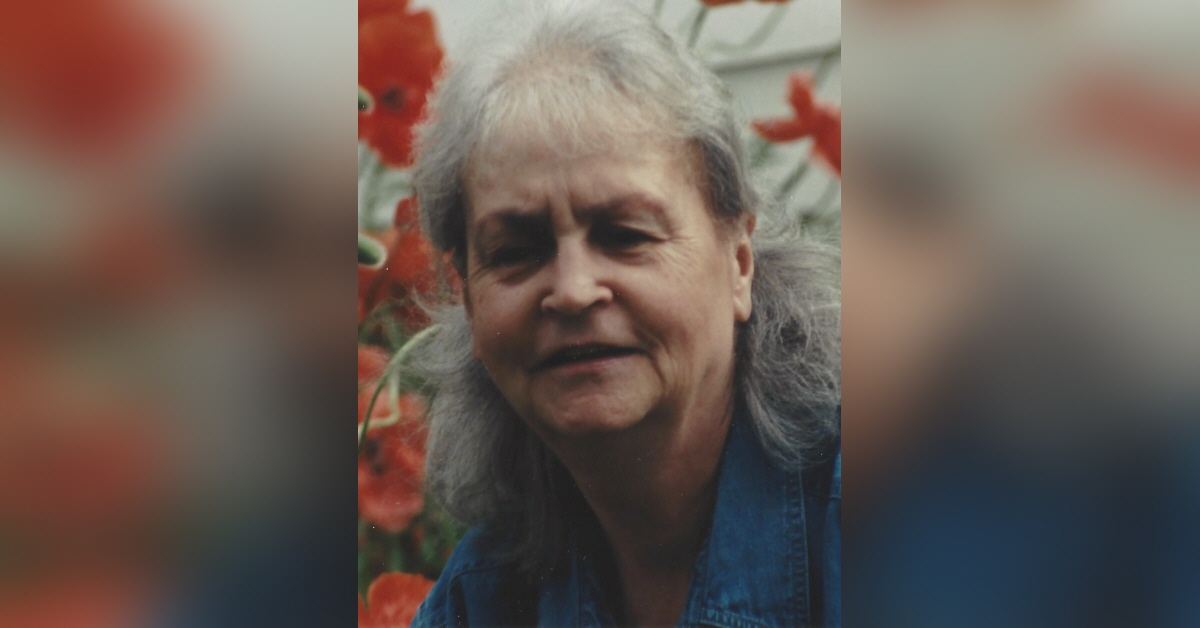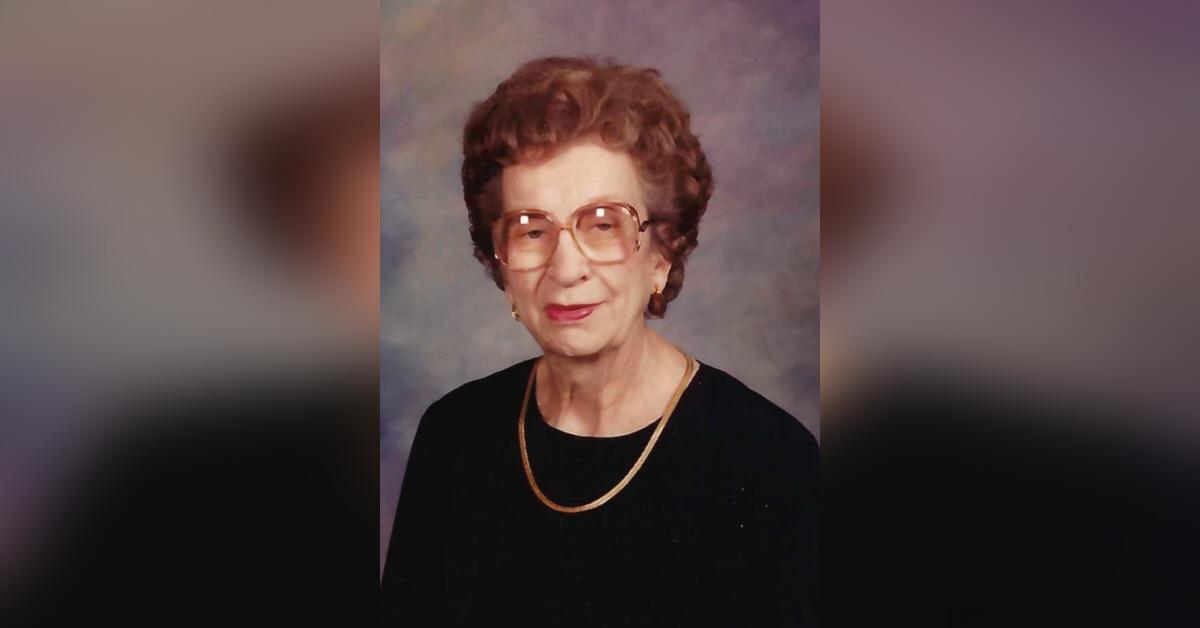Orig AK treuchtlingen War Memorial White Castle Gunzenhausen Bavaria Medium Frank
Table of Content
The war had been bad, but the period of Carpetbag Rule following the war is said to have been worse and has been described as chaos. Henrietta’s life must have been chaos, as she was adjudicated bankrupt at this time. After the war, Henrietta returned with her children to Milliken’s Bend. Perhaps Henrietta followed the wartime career of her former neighbor Dr. Henry Wirz.
Isaac Geisenberg, son of Simon and Bessla, married a young woman named Harriet Dreyfus, also from Bavaria, in Vicksburg, Mississippi, on Dec 1, 1849. The couple settled across the Mississippi River from Vicksburg in the community of Milliken’s Bend, Louisiana, and Isaac became first a planter and then a grocery keeper. Simon was again left a widower with four children, namely Lazarus , 11 years, Isaac, 4 years, Joseph, 1 year, and Carolina, a newborn infant. Bessla did not survive Joseph’s birth, and died on June 23, 1825, at age 37. Simon was left a widower with four children, namely, Lazarus , 9 years, Low , 7 years, Isaac, 2 years, and Joseph, a newborn infant. Vigen Memorial Home is a local funeral and cremation provider in Montrose, Iowa who can help you fulfill your funeral service needs.
Reduce family stress
At this time, in fact from the 1820’s to about 1880, Jewish immigration into the US almost entirely was made up of immigrants from Germany. She was a middle child in the family, with Lazarus 14 years older than she, Isaac, 7 years older, and Carolina, 3 years older. Then there were her nine full siblings, of which she was the oldest, who ranged from Rifka, 2 years younger than she, to Joseph, 15 years younger than she. There was no hard sell on anything.We couldn't have dreamed of a better experience. As sad as losing a loved one is, they made the finish of it easy.
Fanni and Simon named their firstborn son Low, the name of Fanni’s father Low Rau and Fanni’s little nephew Low Griebel who had died in 1826. Fanni’s son Low was born in February and died in August 1829. Carolina, the only child of Simon and Kehla, died in 1840, at the age of 13 years. And Simon and Fanni’s children Schela, Samuel, and Marle died shortly after their births, in 1841, 1842, and 1843.
Vigen Memorial Home
The caring funeral service directors at Vigen Memorial Home provide specialised funeral solutions designed to meet the needs of each family. The professional, devoted staff can assist you in making memorial service plans, funeral arranging, and talk you through cremation choices. The funeral director will certainly guide you through all aspects of the service; including funeral flowers, casket choices, appropriate music selection, and local accommodations. Funeral homes and cremation providers offer a wide range of services to assist families with funeral arrangements. Full-service funeral homes offer everything from burial services to cremation services. Their cremation prices are generally higher than direct cremation providers.

In May 1870, Anshe Chesed’s Temple building, the first Jewish Temple in the state of Mississippi, was completed and a ceremony of dedication was held. The celebration was complete with a procession under the direction of a Grand Marshall. Following the service of dedication, a Grand Dedication Ball was held.
Mindy Louise Gilbert Schofield
Simon was a single father for 18 months following Kehla’s death. In July of 1828, little Joseph, 3-year-old son of Simon and Bessla, died. Two months later, on September 26, 1828, Bessla and Kehla’s sister Feila, called “Fanni,” married Simon in Bibergau. Described in the Bibergau records as the widower of Bessla and Kehla, Simon was now 38 years old. Simon and Fanni’s household numbered five, with three children, namely, Lazarus , 12 years, Isaac, 6 years, and Carolina, 1 year old.
Low Rau possibly died before 1818, as a grandson was named for him in 1818. Henrietta likely never knew or could remember any of her grandparents. One of the old towns in Bavaria was Gunzenhausen, a town established in 1349. In the late 1700s, one family living in Gunzenhausen was the Jewish family of Loew Rau and his wife Jannet. Loew Rau was a Levite, so he is named in some records as Loew Levi.
Estimated prices for a
One record says that Henrietta and Leopold divorced and that Leo moved to St. Louis. Henrietta is said to have remarried a Louis Smith, who died shortly thereafter, and was the father of her son. Government documents agree that Mrs. Bauer’s husband died before the war, but seem to know only the name Bauer, not Smith. Marx Geissberger, Henrietta’s elderly widowed grandfather, died in Bibergau at age 84 on Jan 30, 1835, when Henrietta was only 5 years old.

The construction of the railroad, on which trains were regularly running to Monroe, Louisiana, over 75 miles of track, ceased in 1861. When the Union army came to the area, the Confederate army destroyed the tracks to Monroe in order to prevent the Union army from using it. For their part, the Union army burned the railway stations at Tallulah and DeSoto, Louisiana, the town across the Mississippi River from Vicksburg.
General Grant saw the importance of Milliken’s Bend, a mere miles from Vicksburg on the Louisiana side of the river, and hoped from there to capture Vicksburg. General Sherman took his Union troops to Milliken’s Bend as early as Jan 1, 1862, where the Union troops found beautiful homes abandoned by their Confederate owners. Soon thereafter, both Union and Confederate troops were foraging on the countryside.
The couple set up their home at Waggaman, Jefferson Parish, across the Mississippi River from New Orleans. Thomas Staten, who was in his twenties during the war, said that “during the war when Mrs. Bauers moved over onto the island, some of us followed her over there to be with her. She was a woman that worked hard herself; she would wash and iron and cook and milk her cows and work in the garden or field if it was necessary. She was not like most the white ladies around here.” Thomas Staten lived on Henrietta’s place on Island 102 for 2 years.
The Isaac Geisenberg family moved to Trenton, Louisiana, in the early 1860’s where Isaac died in 1863. Isaac’s widow Harriet remarried and shortly thereafter was again widowed. Harriet resumed the use of the name Geisenberg for the rest of her life.
In 1880 most of the inhabitants of Milliken’s Bend relocated to a new site one mile west of the old town, due to encroachment by the river. The original site of Milliken’s Bend has ceased to exist since the last family left in 1916. The Joe Witherow family left the “old” Bend in 1910, the next to last family to leave. Henrietta’s daughter Bettie, attending school in New Orleans, met James “Jim” Witherow, the younger brother of Joe Witherow. Jim came to New Orleans from Ireland in 1856, worked on the NO & Jackson Railroad under Union General Ben Butler during the war, and continued to follow railroading after the war. Bettie, age 15 years, and Jim, age 28 years, eloped, marrying in New Orleans on May 23, 1873.
Bibergau, which means “Beaver District,” is a few miles east of the larger town or city of Wurzburg, in Bavaria. Wurzburg had been a principal Jewish community since the year 1000 CE. By 1816, Bibergau had a population of 499, of whom 131 (26%) were Jews. Loew and Jannet had sons named Moses and Jacob and daughters named Bessla, Kehla and Feila. Creating funeral cost comparisons and estimates for custom funeral packages is available to Funerals360 Premium Members.

To proceed, register for a Premium membership or login and upgrade to a Premium account. Includes details of pre-planning, services, recent obituaries, links and contact information. Ever Loved's funeral marketplace makes it easy to purchase caskets, urns and more directly from independent sellers at great prices.
Comments
Post a Comment